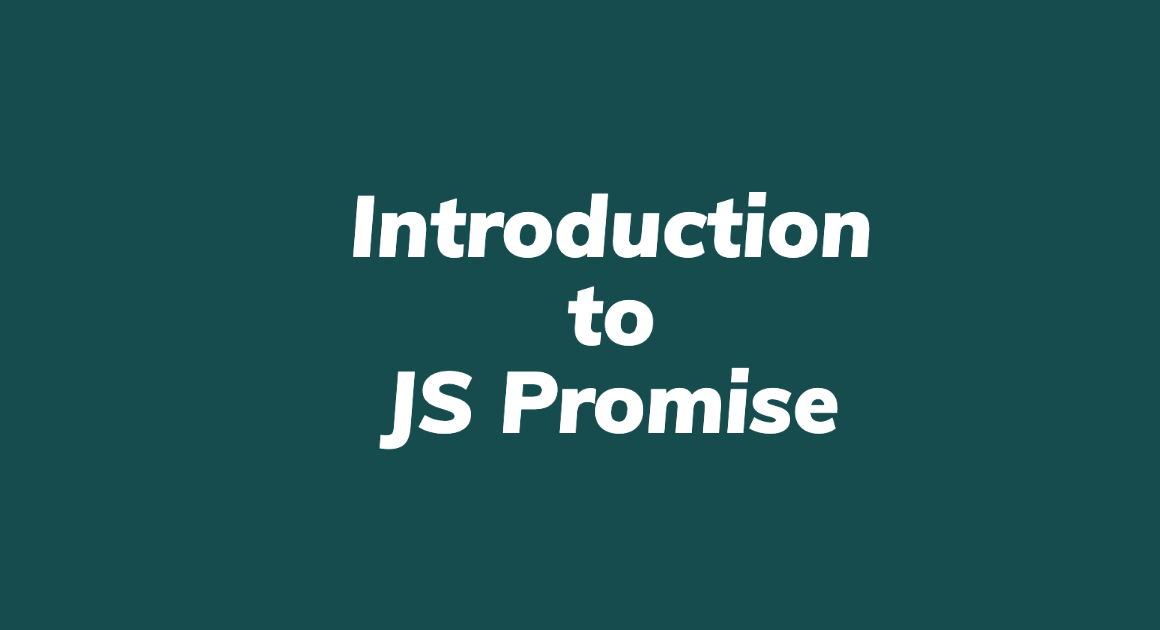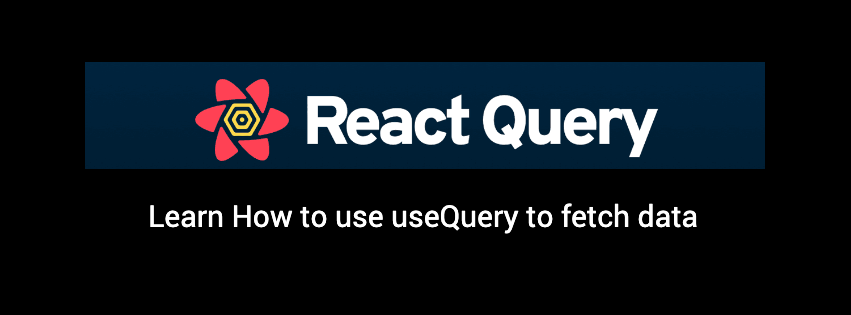This article is strictly for beginners who like to get a helicopter view of the complex JavaScript ecosystem before a deep dive into the JS world. Please skip this article if you are already working on the JS landscape.
JavaScript is a powerful and widely-used programming language with a thriving ecosystem of tools and frameworks.
The JavaScript ecosystem is constantly evolving. Developers have many options, from front-end libraries and frameworks to backend technologies and tools.
Where to start?
Suppose you are planning to learn JavaScript-based libraries, frameworks or server-side programming; my Recommendation is to have a solid understanding of the basics of the language, including concepts such as variables, data types, loops, and functions. It can be helpful to start by working through beginner-level tutorials or exercises, such as those available on websites like Codecademy or freeCodeCamp. There are tons of helpful video tutorials available on Youtube as well.
Once you have a good understanding of the basics, it is essential to continue learning and building upon your skills. This might include learning more advanced language features, such as
Objects
Arrays
Classes
Arrow Functions
Modules
Promises
Generators
Let and Constant declaration of variables
Spread and Rest operators
Template Literals
Destructuring
Design Patterns etc
An excellent place to begin your JavaScript research will be https://developer.mozilla.org/en-US/docs/Learn/Getting_started_with_the_web/JavaScript_basics
Now let us look into some of the popular front-end, backend and essential tooling options you can consider learning as you progress.
The Front-end:
One of the most popular front-end libraries is React.js, developed by Facebook and widely used for building user interfaces. React uses a virtual DOM (Document Object Model) to optimize updates and minimize the number of DOM manipulations required. This makes it an efficient and performant choice for building complex and interactive web applications.
Another popular front-end framework is Angular, which Google developed. Angular is a full-featured framework that provides a rich set of features for building web applications, including support for reactive programming, dependency injection, and a powerful template engine.
Which one shall I pick?
There are plenty of comparison articles that will help you in picking various libraries or frameworks. Please remember to pick one that suits your business / technical requirements. Talking to your friends in the industry while finalizing a tech stack is always a great idea.
My Recommendation is for most projects, you could look at React.js as a potential option, as the community support will help you to navigate most of the initial problems you might face as a beginner.
Node.js
On the backend, Node.js has become famous for building server-side applications. Node.js is built on top of Chrome’s V8 JavaScript engine and allows developers to write JavaScript on the server-side. This makes it easy to share code between the front-end and backend of an application and will enable developers to use the same language throughout the stack.
NPM
NPM (Node Package Manager) is the default package manager for the JavaScript runtime environment using Node.js. NPM allows developers to share and reuse code and makes it easy to manage the libraries and dependencies required for a project.
Using NPM, developers can easily install, update, and uninstall packages from the command line. NPM also provides a way for developers to share their packages with the community, making it a valuable resource for finding and using open-source code.
In addition to its package management capabilities, NPM also provides tools for managing and publishing your packages and collaborating with other developers. It is an essential tool for any JavaScript developer and is widely used in the JavaScript ecosystem.
Other must-know stuff
In addition to these core technologies, several tools and libraries are commonly used in the JavaScript ecosystem. Some examples include Webpack for bundling and building applications, Babel for transpiling newer JavaScript syntax to work in older browsers, and Jest for unit testing.
Overall, the JavaScript ecosystem is rich and varied, with many options for building web applications. Whether you are a front-end developer, backend developer, or full-stack developer, a tool or framework is likely available to suit your needs.
As a result, JavaScript continues to be a popular and in-demand skill for developers.
Some Useful Resources:
Getting started with JS:
https://developer.mozilla.org/en-US/docs/Learn/Getting_started_with_the_web/JavaScript_basics
State of JS libraries/frameworks:
https://2021.stateofjs.com/en-US/libraries/
React.js: https://reactjs.org/
Angular: https://angular.io/
Node: https://nodejs.org/en/
Webpack: https://webpack.js.org/guides/getting-started/
Jest: https://jestjs.io/docs/getting-started
Babel: https://babeljs.io/docs/en/

